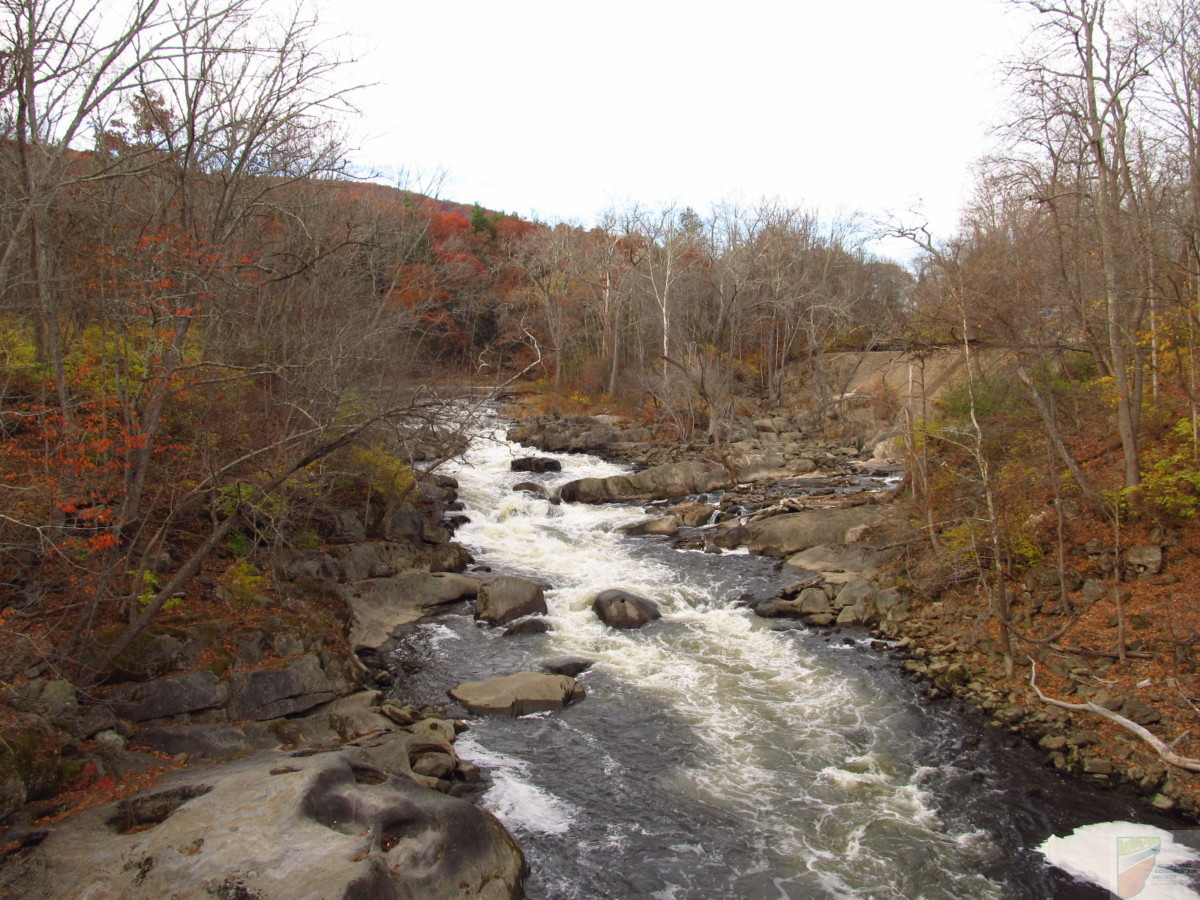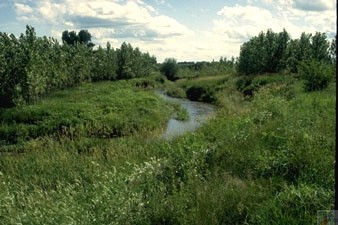By: Karen Griswold Nelson, NWCD Program Director, April 2020
“Riparian” refers to the area immediately adjacent to a stream, brook, river, body of water or other water resource. These areas or strips of land, often referred to as riparian corridors or zones, are more frequently called riparian “buffers”. Other common names include streamside or vegetated buffers but should not be confused with the inland wetland and watercourse regulatory review zones administered by Connecticut towns, that are commonly called “buffer zones”.
While local “buffer zone” regulations may contain provisions for “riparian buffers”, the importance of protecting and creating riparian buffers in our natural and built communities remains largely our own responsibility. Creating buffers on our own properties demonstrates values we are trying to achieve and encourages others by example.
Simply stated, a riparian buffer is comprised of permanent vegetation, such as grasses, herbaceous perennials, shrubs, or trees, in any combination. Existing buffers, often woodland strips along streams, should be maintained and enhanced and not removed.
Riparian buffers vary in size from a few dozen feet to hundreds of feet or miles long, depending on the area. Buffers are meant to be relatively undisturbed. Activities within buffers should be limited to maintenance, (from back yard maintenance to timber harvests) or other activities that do not impede buffer functionality.

The type or combination of permanent vegetation in a riparian buffer produces different results. Forested riparian buffers and, in particular, those along headwater streams have been shown to provide substantially more and better ecosystem services than other combinations of vegetation. The roots of herbaceous and woody plants strengthen stream banks and prevent stream bank erosion. Roots and downed trees slow the flow of stormwater and form physical barriers in the stream or river, allowing sediment to settle out and be trapped. A forest canopy shades water, moderating water temperature. Buffer plants are an important source of woody material in streams, which provides habitat and food for aquatic wildlife. They also provide quality habitat and food for terrestrial wildlife.
In contrast, large expanses of lawn grass provide very little protection to adjacent streams or other water resources. Lawn grasses do not have the root structure to stabilize stream banks. Chemical fertilizer and pesticides easily washes off lawns and stormwater runs off grass at a greater volume and at a faster rate than from an area with a combination of trees and shrubs. Even a small, diverse, back yard buffer with a combination of trees, shrubs, and groundcovers, adjacent to a small stream provides better buffer stabilization and stream protection. Inclusion of habitat-friendly perennials adds visual interest, as well. The addition of flowering and fruit-bearing plants helps feed a wide variety of wildlife species. Vegetated buffers make an incremental, but critical, improvement to our valuable water resources, on which all life depends.
Years of scientific research by federal and state environmental entities, including State Soil and Water Conservations Districts, clearly document that riparian buffers, whether natural or planted, small or large, deliver tremendous economic, ecological and environmental benefits to water resources. Among these benefits, riparian buffers:
- protect the quality of the water we drink;
- intercept non-point source pollutants carried by surface water runoff and remove the excess nitrogen, phosphorus, bacteria, and other substances that pollute water bodies;
- stabilize stream banks and minimize erosion;
- decrease the frequency and intensity of flooding and low stream flows;
- prevent sedimentation of waterways;
- through shading, reduce swings in stream temperatures and prevent elevated temperatures harmful to aquatic life; provide food and habitat for wildlife of the land, water and air;
- allow for wildlife movement within natural corridors; and
- replenish groundwater and protect associated wetlands.
To learn about how to create a streamside buffer garden, check out our sister organization CT River Coastal Conservation District’s literature by clicking HERE!